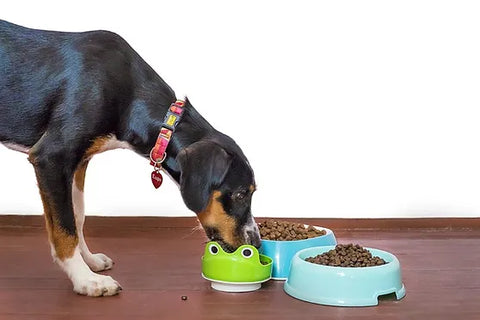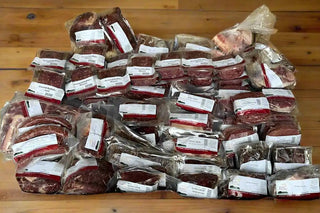
The Benefits of Raw Pet Food: A Closer Look at Sourcing and Organ Content
Feeding our pets the best possible diet is a priority for every pet owner. We want them to live long, healthy lives filled with energy, vitality, and overall well-being. One dietary choice that's been gaining traction over the years is raw pet food. While it might seem like a new trend, feeding raw is actually a nod to the ancestral diet of many domesticated animals. In this blog post, we'll explore the benefits of raw pet food, the importance of meat sourcing, and why including organs in the mix can make the diet even healthier.
1. Understanding Raw Pet Food
The raw pet food diet, often referred to as the 'BARF' (Biologically Appropriate Raw Food) diet, emphasizes feeding pets uncooked meats, bones, and organs. The idea is to mimic what our pets would eat in the wild – their natural diet – before the advent of commercial kibble.
Benefits of Raw Pet Food:
-
Improved Digestion: Raw food is easier to digest for many pets, leading to improved gut health and fewer digestive issues.
-
Healthy Skin and Coat: Many pet owners report shinier coats and healthier skin after transitioning to a raw diet.
-
Increased Energy: A raw diet can often lead to increased vitality and energy in pets.
-
Reduced Allergies: Some pets exhibit fewer allergic reactions when on a raw food regimen
2. The Importance of Meat Sourcing
Not all raw pet foods are created equal. Where the meat is sourced from can make a world of difference in terms of quality, nutrition, and ethical considerations.
Local Farm Vs. CAFO (Concentrated Animal Feeding Operations):
-
Nutritional Value: Animals raised on local farms typically have access to fresh air, natural feed, and open pastures, contributing to a higher nutritional profile in the meat. Conversely, CAFOs often raise animals in crowded conditions, on a diet filled with antibiotics and growth hormones.
-
Ethical Considerations: Supporting local farms can promote humane treatment of animals, as many small-scale farmers prioritize the well-being of their livestock over mass production.
-
Environmental Impact: Local farms tend to have a smaller carbon footprint compared to CAFOs. CAFOs often contribute significantly to pollution due to waste runoff and methane emissions
3. The Power of Organs in Raw Pet Food
Organs are a vital component of the raw food diet, often called the "superfoods" for pets. In the wild, predators prioritize consuming the organs of their prey due to their dense nutritional content.
Why are organs essential?
-
Rich in Nutrients: Organs are packed with essential vitamins and minerals not found in muscle meat alone. For instance, liver is an excellent source of vitamin A, while kidneys are rich in selenium and B vitamins.
-
Complete Diet: Including a variety of organs ensures that pets get a full spectrum of nutrients, closely mimicking their natural diet.
-
Taste and Variety: Many pets love the taste of organs, and including them adds variety to their meals, ensuring they remain interested and excited about their food
In Conclusion
Raw pet food offers a range of benefits that can contribute to the overall health and well-being of our beloved companions. However, it's crucial to ensure that the meat is sourced responsibly and that the diet includes a mix of organs for maximum nutritional benefit. As always, it's recommended to consult with a veterinarian or pet nutritionist when considering any significant changes to your pet's diet.



